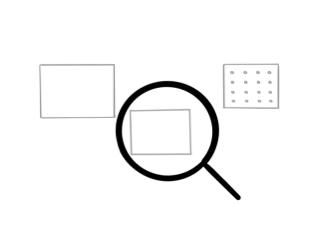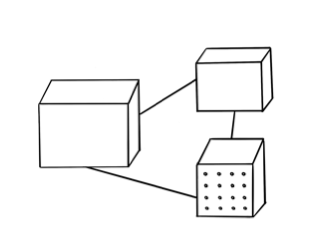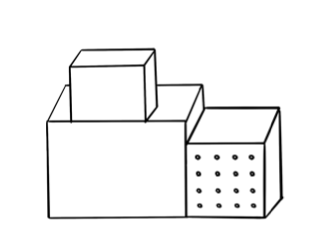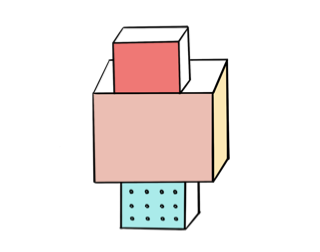Our research and design elaborates on the academic research conducted by Carnegie Mellon University Professor Niki Kittur in his study of making online sensemaking more effective. Professor Kittur leads the Center for Knowledge Acceleration and has been an internationally-recognized leader in this space for the last 10 years, supported by NSF, NIH, Google, and Microsoft.
His research results in many innovative tools, including a decision-making platform that combines machine learning and crowd-sourcing, a project-based web browser for better comprehension, and his current endeavor, Fuse. Fuse is a Chrome extension that allows academic researchers to manage large amounts of information in a more organized, intuitive way.

Our team has taken the findings of the Fuse project and their innovation on clipping and information collection, and focused our efforts on the subsequent stage: intuitive aggregation and synthesis of these disparate morsels of information into compelling content. By partnering with a leader in online sensemaking space, we have been able to build on top of the strongest academic research available.
We were tasked to find a target user group that has a need to sense of vast and ambiguous information online, and design a tool based on Fuse's technology that would alleviate their current pain points in the information collection and synthesis process.
"Who is the next set of users that would benefit from an online sensemaking tool?"
"What are their specific needs in collecting and synthesizing information?"
"How might we design a solution to solve for their current pain points?"
In order to reach a broader scope of audience, we started researching user's need to collect and synthesize information during the online shopping process to see if a sensemaking tool could help with it. Through 200+ survey responses, 30+ user interviews, and 20+ speeddating sessions, we found that although online shoppers encounter problems related to information collection and synthesis, the intensity of the research for most people do not necessitate a designated tool.
Click to learn more about our domain exploration in the spring.

This finding turned us from general online shoppers to a more focused set of user -- online content creators who collect information from different sources and aggregate their research to share with the others. Since they already have the intrinsic motivation and the habit to do extensive research, they would be a more appropriate target user group.
We interviewed 10+ research-heavy content creators who are active on YouTube, Instagram, and blogs, in order to understand their current process and possible pain points. Does this also sound like you?
Content creators are motivated by a passion to educate others about their domain of expertise and dispel any myths or misinformation. They generally go through the following process when collecting information and creating contents:

Content creators read and collect information from a massive amount of diverse sources. Since they use different tools (e.g. bookmark, screenshot, copy link, etc.) to collect different media across platforms, these sources are stored dispersively, making it hard to quickly revisit them.

There are a myriad of ways to organize information and it is very specific to their personal process. Most current tools only support one level of organization (e.g. photo album, notes in the Notes app), which limit how content creators can structure their knowledge bank.

Contextualization is about adding depth to the raw research: it could be adding metadata to help jog the memory later on, or adding one's own perspective to the information collected. It is especially important to do so when managing a lot of sources at the same time.

When crafting the final write-up, content creators frequently do complex synthesizing of information in their heads. No current tool could help with this process, but we learned that viewing contextualized information in its entirety could help with synthesis.

After writing up the content, they may use existing tools to create more visually appealing artifacts, especially when sharing on a more visual platform like Instagram or YouTube. Consistency is key in terms of attracting followers.
We focused our design on a few major pain points identified from user research and developed the following design principles:
Based on the design principles, we prototyped dozens of solutions and evaluated them with the users to extract highlight features and iterated based on user feedback at every stage.